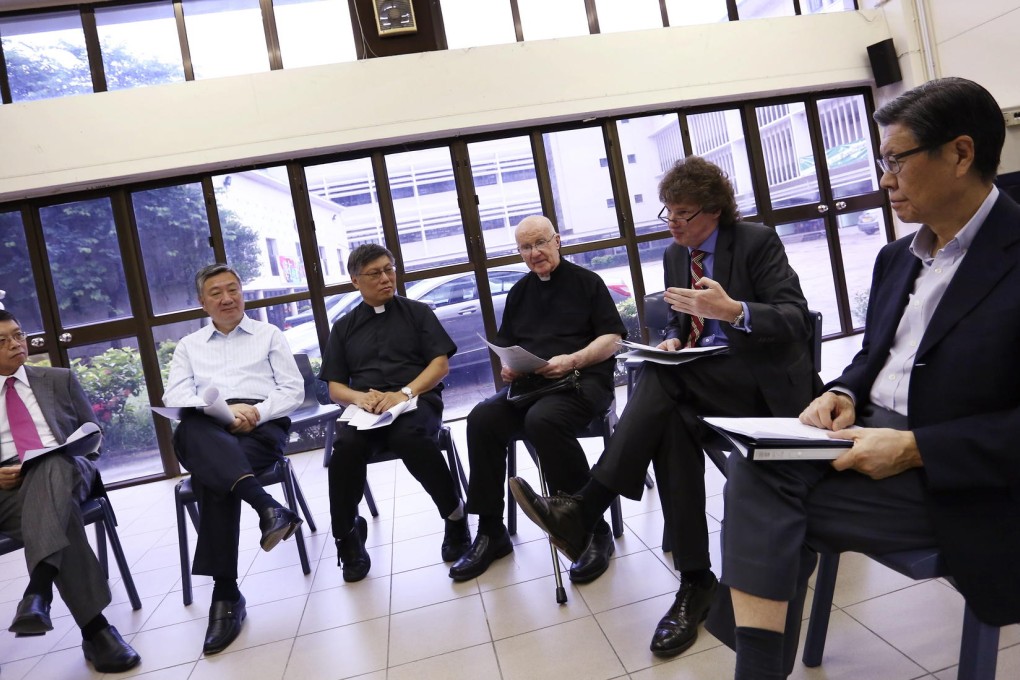Wah Yan College shows small classes yield better pupils
Positive experiences by Wah Yan College students and teachers translate into a call for more secondary schools to adopt small-class teaching

Pupils are likely to fare better socially and academically in classes of not more than 30 learners, a new study has found.
Small-class teaching, or SCT, could be a model for more secondary schools across the city to follow, researchers at the University of Hong Kong's education policy unit believe.
It was effective at improving both the attentiveness of pupils and motivation among teachers, the university found in an assessment of the SCT scheme at Wah Yan College in Wan Chai, in place at the school since 2008.
"It's ironic that at primary school level, lots of money is being invested on SCT, but the benefits of it at secondary school level are constantly being dismissed," HKU researcher Dr Gary Harfitt said last week.
"The government's 2009 secondary school curriculum reforms put a lot of emphasis on [pupils'] personal response to learning and critical thinking. But this is all very hard to make work in a class of 40 students."
According to the study, Wah Yan pupils received more individual attention as their teachers could respond to questions inside and outside the classroom.